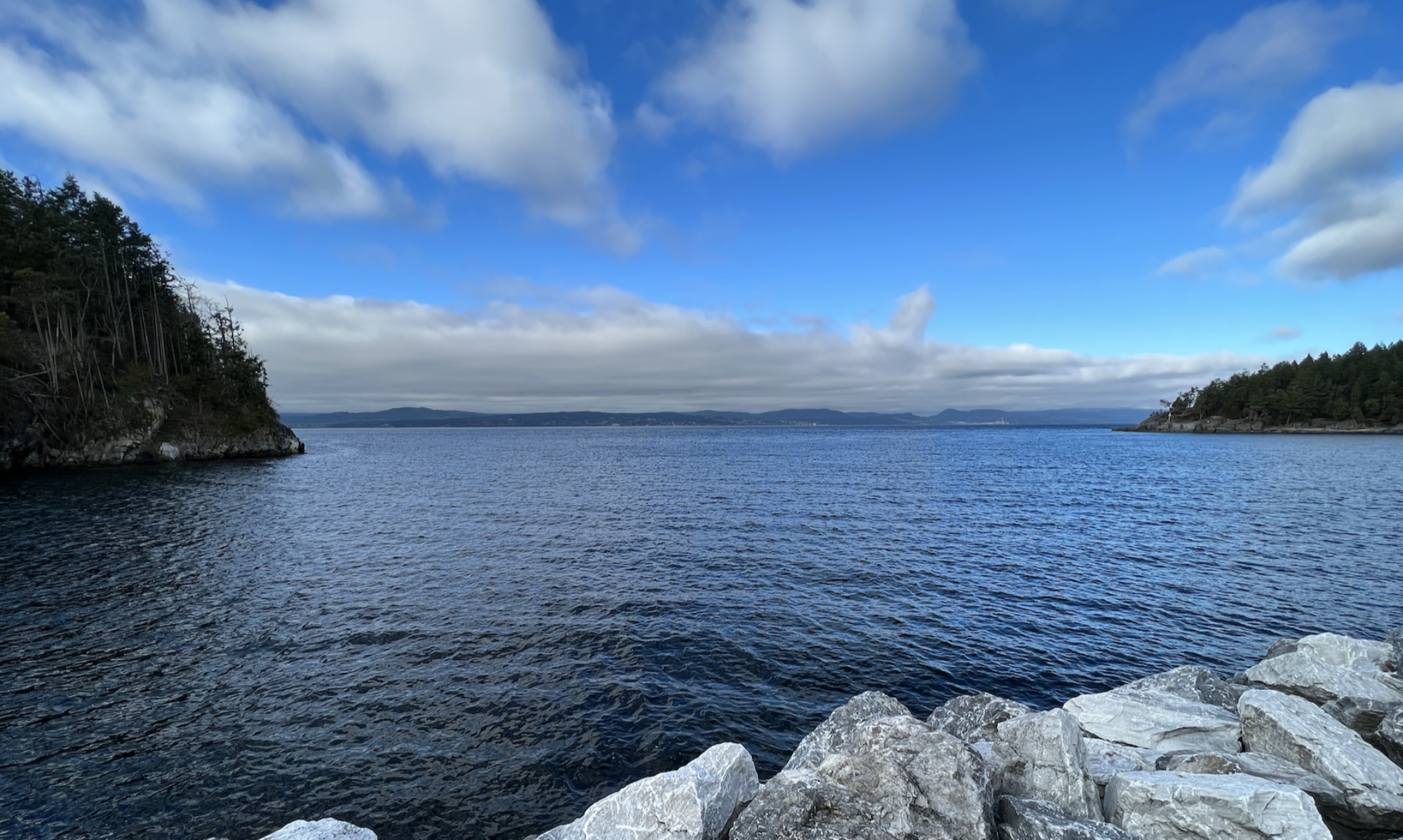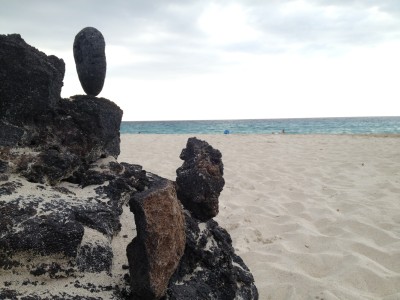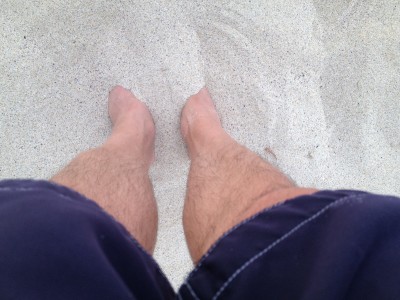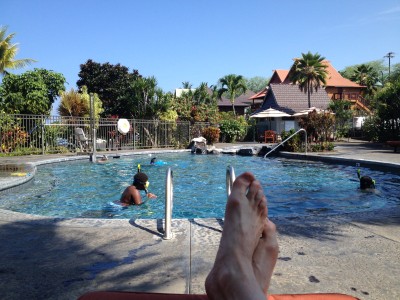One of the people I have been fortunate to meet in my life is Margaret Wheatley. Our first meeting was 20+ years ago. I was a graduate student. She was a professor and had just published Leadership and the New Science. She was just beginning to transition from being professor to consultant, speaker, and author. I worked with Meg and others through The Berkana Institute for the better part of ten years. Many of the friends that I met through Berkana during that time have continued through to today, another ten plus years. They are often the people I work with in my consulting practice. I know Meg well enough to know that she would claim being fortunate to meet me, too, which makes me smile.
One of the things that I appreciate most about Meg is that way back in to the early 1990s, she was speaking a new narrative about organizations. “Organizations are living systems (not mechanical). Living systems have a way of organizing themselves. If we knew more about how living systems organize themselves, how would that change the way we organize human endeavor?” Meg was rogue. She was not alone. But she was far from majority. She was daring to tell a different story, which was accompanied by a different set of questions, and a different way of seeing. It wasn’t metaphorical ingratiation that Meg was up to. She was genuine. She wasn’t advocating a thought exercise. This was real, and she committed her writing, her consulting, her facilitating, and her speaking to this reality.
I was schooled in that context. It happened in tiny bits in my official graduate schooling. It happened massively in the 20+ years since then. That’s fortunate.
I found myself thinking about this history this morning. A friend asked if I knew much about John Kotter’s work and change model. I’d read some along the way, but hadn’t followed details. So I got a bit snoopy to see how his work had evolved. What I noticed, now nearly 25 years since rogue Meg published Leadership and the New Science, is that many big names in the field of organizational change have evolved into more of a living systems perspective. With Kotter, it is embedded in his call for not just hierarchical efficiencies, but also nimble experimenters. Rogue experimenters, that are as essential to any organization as the best of program managers. Lois Kelly, another colleague that I’ve met along the way calls these rogue experimenters “Badass, Good-Hearted Change Agents” in her invocation to get real about leading change.
I smile to think of how many people have adopted more of a living systems approach over the years. It’s far less rogue now. It is far more common. And fortunately, many of these people are advocating good participative process to get real about change. I smile to be among the people with this orientation — for me, more than the outcome of reading a book, but from the 20+ years of practice and habit and instinct. Yup, thank you Meg for encouraging the rogue in me and the many essential bridge-builders that further translate the cultural organizational narrative that changes everything.

 Second, I’m well aware of the phrase, “Be yourself. Everyone else is taken.” I just hate that phrase. Sometimes. Because it is more convenient to think of being somebody else. I want to be Mark Nepo when I grow up. It’s a balm to take unfolding self and project it on to others, thus avoiding the essential self journey, isn’t it. But then, let’s be kind. Becoming self is simultaneously 100% always happening, and, iterative too. It’s a kind of vacation to just imagine being someone else for a bit that inspires me to go back to work, with hopefully a bit of sand in my toes.
Second, I’m well aware of the phrase, “Be yourself. Everyone else is taken.” I just hate that phrase. Sometimes. Because it is more convenient to think of being somebody else. I want to be Mark Nepo when I grow up. It’s a balm to take unfolding self and project it on to others, thus avoiding the essential self journey, isn’t it. But then, let’s be kind. Becoming self is simultaneously 100% always happening, and, iterative too. It’s a kind of vacation to just imagine being someone else for a bit that inspires me to go back to work, with hopefully a bit of sand in my toes.

